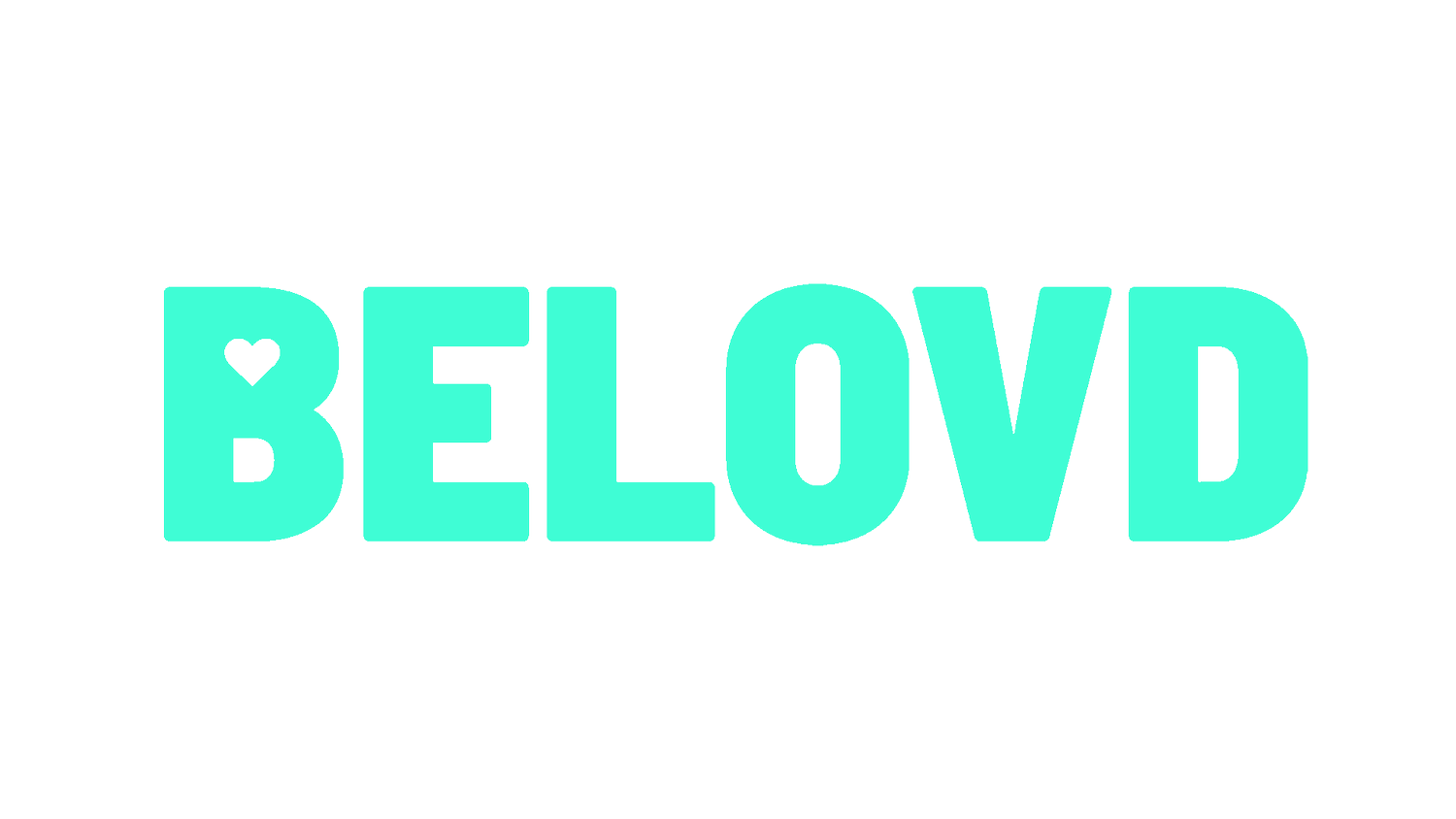Five Key Strategies for Fostering Disability Inclusion in the Workplace
In today's dynamic work environment, creating an inclusive space for disabled employees is not just a moral imperative but also a strategic advantage. An inclusive workplace champions diversity, boosts innovation, and reflects the world we live in. Here are five pivotal strategies that can help businesses in the UK and beyond ensure their workplaces are welcoming and supportive of disabled employees.
1. Comprehensive Accessibility is Fundamental
A truly inclusive workplace begins with accessibility. Conducting thorough audits of both physical and digital work environments can uncover hidden barriers, allowing organisations to make necessary adjustments. This may mean redesigning office layouts to accommodate wheelchair users or ensuring that company websites and digital tools are fully accessible to those with visual or auditory impairments. For instance, adapting software to be compatible with screen readers can make a significant difference for visually impaired team members, demonstrating a commitment to inclusivity at every touchpoint.
2. Cultivating an Inclusive Culture Through Education
Awareness and understanding are the bedrocks of an inclusive company culture. Implementing regular training sessions that address disability inclusion, challenge stereotypes, and promote empathy can transform workplace dynamics. These initiatives can range from expert-led workshops that unpack the nuances of disability in the workplace to creating platforms for sharing personal experiences and best practices. Such efforts enlighten staff about the challenges their colleagues may face and foster a supportive, empathetic working environment.
3. Embracing Flexible Working Practices
Flexibility is crucial in accommodating the diverse needs of disabled employees. Offering telecommuting options, flexible hours, and part-time roles can help staff manage their health and wellbeing alongside their professional responsibilities. For example, a team member with a chronic condition might greatly benefit from the ability to work remotely, maintaining their productivity while managing their health in a way that suits them best. This approach acknowledges the unique circumstances of each employee, promoting a healthy work-life balance.
4. Personalised Support and Reasonable Adjustments
A one-size-fits-all solution is rarely effective when it comes to disability inclusion. Engaging in open conversations with disabled employees to understand their specific needs allows employers to tailor support effectively. Whether it's providing assistive technologies, like voice recognition software, or developing individualised emergency plans, these personalised adjustments ensure that all employees can work safely and comfortably. Such attentiveness to individual needs underscores a company's commitment to genuinely supportive workplace practices.
5. Equitable Career Development Opportunities
Ensuring that disabled employees have equal access to advancement and development opportunities is essential for true inclusivity. This includes making all training materials accessible, offering mentorship programs, and ensuring that performance evaluations are fair and considerate of each employee's circumstances. Recognising and accommodating the diverse needs of disabled staff in these processes ensures that everyone has the opportunity to grow, develop, and succeed within the organisation.
By integrating these strategies, businesses can create workplaces that not only support disabled employees but also benefit from the diverse perspectives and talents they bring. In doing so, companies not only comply with legal obligations but also move towards a more inclusive, equitable, and innovative future. A commitment to disability inclusion is a commitment to a richer, more diverse corporate culture—one where every employee is valued, supported, and empowered to thrive.

